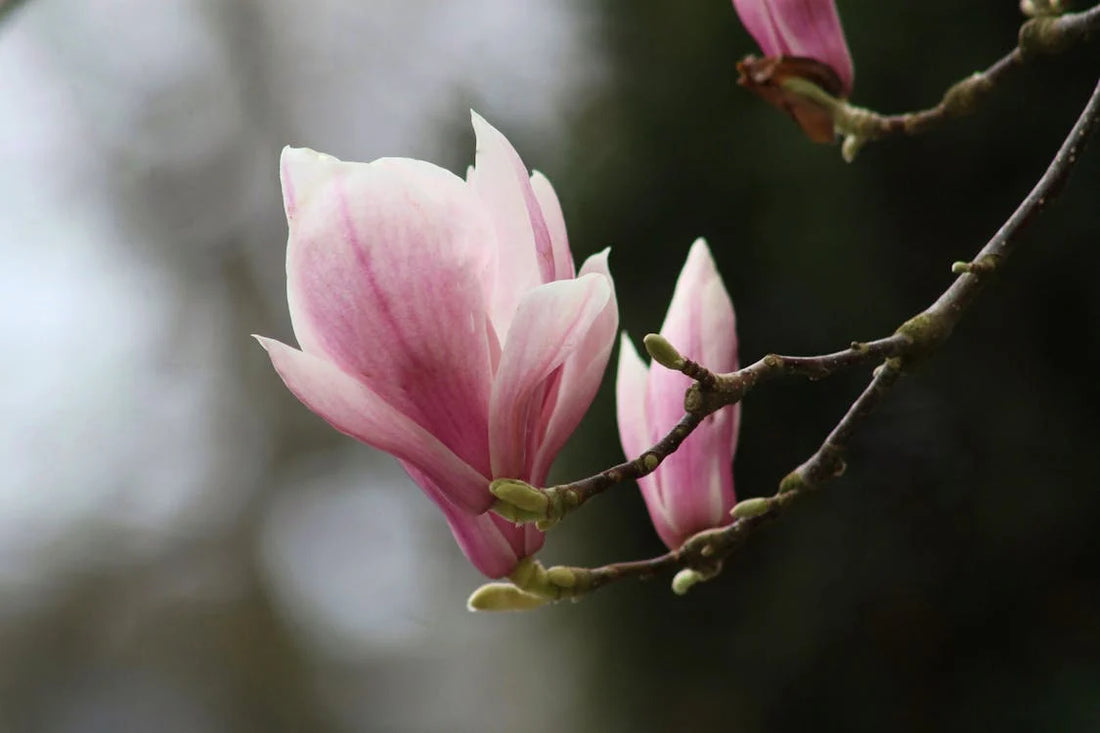
Care and maintenance of the Magnolia (Beaver tree)
Share
The Magnolia , also called the Beaver Tree, is known for its spectacular flowers and elegant appearance. This beautiful tree is a real eye-catcher in the garden, especially in the spring when the large, often fragrant flowers appear. But how do you ensure that your Magnolia grows and blooms optimally?
Magnolias like a sheltered position in full sun or partial shade. They prefer a slightly acidic, well-drained soil that is rich in organic material. It is important to keep the soil moist, especially during the growth period, but avoid waterlogging, as the roots do not tolerate this well.
Although Magnolias do not require much pruning, it may sometimes be necessary to remove dead or damaged branches. Do this immediately after flowering to avoid stressing the tree and to ensure that it has enough time to form new flower buds. Prune carefully, as the Magnolia is sensitive to pruning wounds that are difficult to heal.
Another point of attention is protecting the roots. The roots of a Magnolia are superficial and sensitive to damage. Therefore, use a mulch layer of compost or bark around the base of the tree. This keeps the soil moist, prevents weeds and protects the roots from extreme temperatures.
Fertilizing is not always necessary, but can help with growth and flowering. In early spring, use a fertilizer that is specially developed for acid-loving plants. Be careful not to over-fertilize, as this can reduce flowering.
